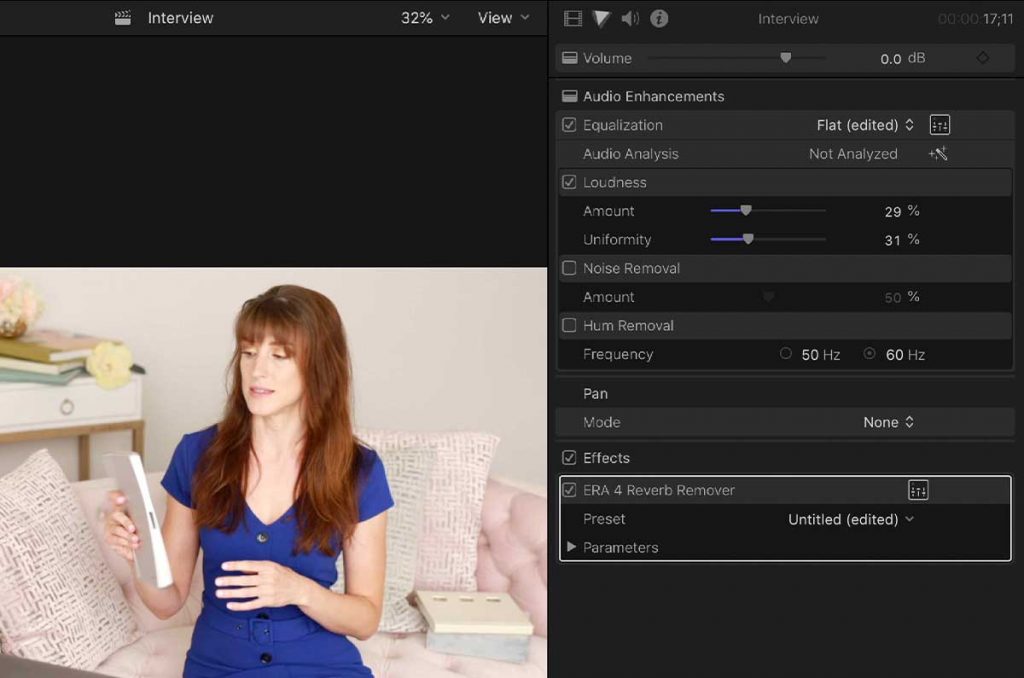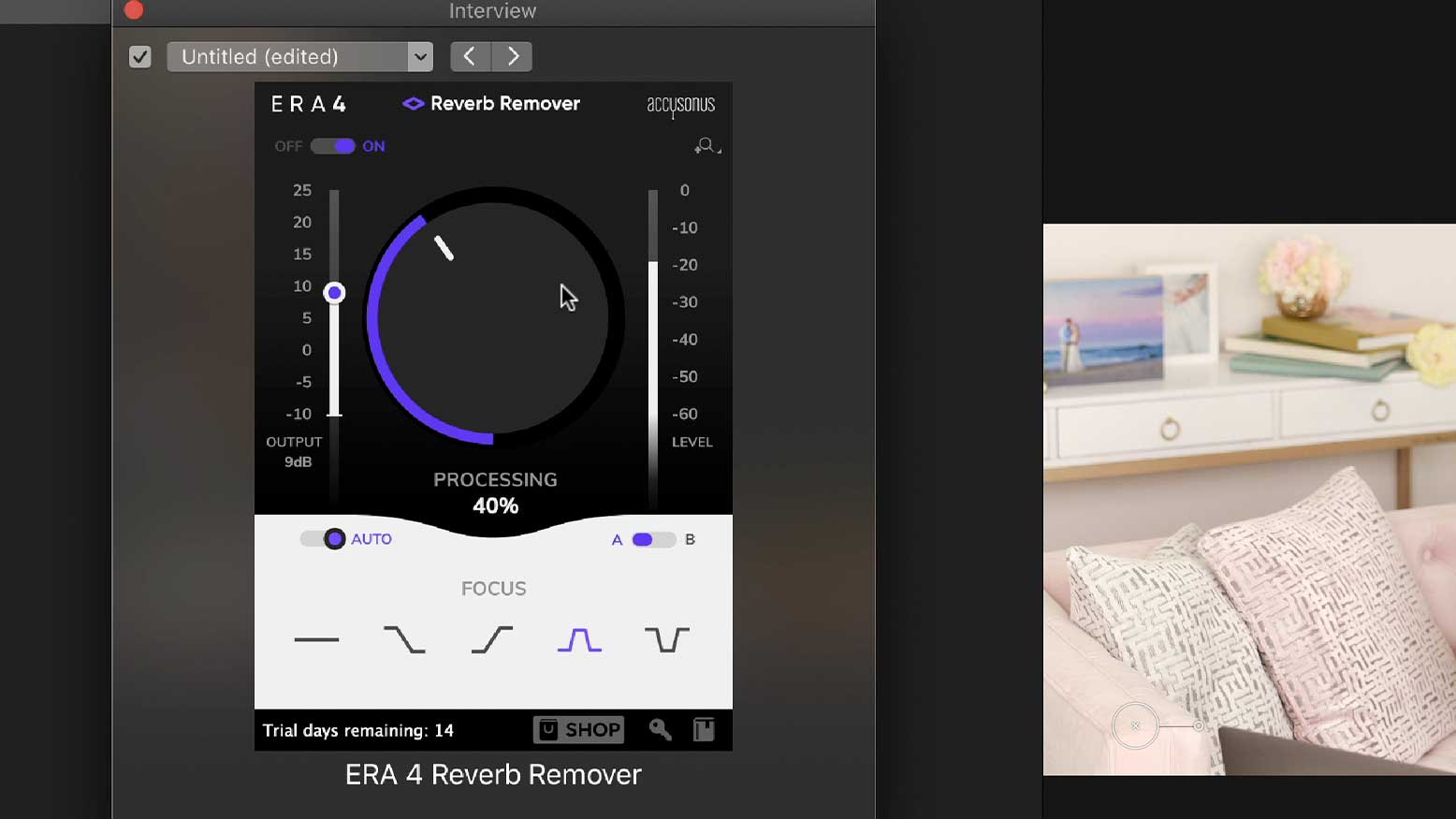The Art of Audio Correction and Sweetening with Rob Adams
In video production, especially wedding filmmaking, there is one universal truth: Bad audio will destroy a good video. This has been a fundamental tenet of my teaching for years. Poor audio is a distraction that the eye cannot remedy. I put a tremendous amount of importance on dialogue quality in my films and it shows, and people do notice it. Dialogue, when mixed with music, creates emotion. When that dialogue is poorly presented it detracts from the experience you are trying to create for the viewer. Here are some simple ways to address common audio issues that can plague your production.
Nothing can help your audio more than capturing it well in the first place. That’s a whole other article, but obviously you want to have a good starting point. Audio can be damaged beyond recovery, so make sure you are using a good mic and a good recorder to hedge off any problems on set. The examples I give here are going to be based on scenarios where audio capture is “on-the-fly” and under conditions that are not controllable, like a closed movie set or quiet studio. Many audio problems are contracted in places where that control doesn’t exist, such as press conferences, in public, weddings (by far the most challenging), and most events and stage shows. Buzzes, hisses, hums, pops, rumbles, airplanes overhead, cars driving by, june bugs, running water sources, and air conditioning units are all common culprits. If you work with video, chances are you’ve dealt with one or more of these in your career and each will want to make you yank out your hair in post-production. As far as things within your control, ensuring proper microphone placement and using high-quality shield audio cables will go a long way to helping you capture good starting sound wherever you are shooting.
In my mind there are two facets to audio work: Correction and sweetening. Correction is the removal of unwanted noises and sweetening is the enhancement of the sound you wish to preserve. No one technique or plug-in is a magic pill and just like video color-grading, audio editing is an art form. It helps to know that going in. I will cover some common tools I use to help me fix and sweeten sound, but use what works for you and your workflow as these techniques are fairly universal. To record my audio dialogue for interviews I’m using a Sennheiser ME-64 cardioid condenser shotgun microphone and a Zoom H6 portable field recorder. You can hear examples of this setup in my accompanying video on www.behindtheshutter.com.





